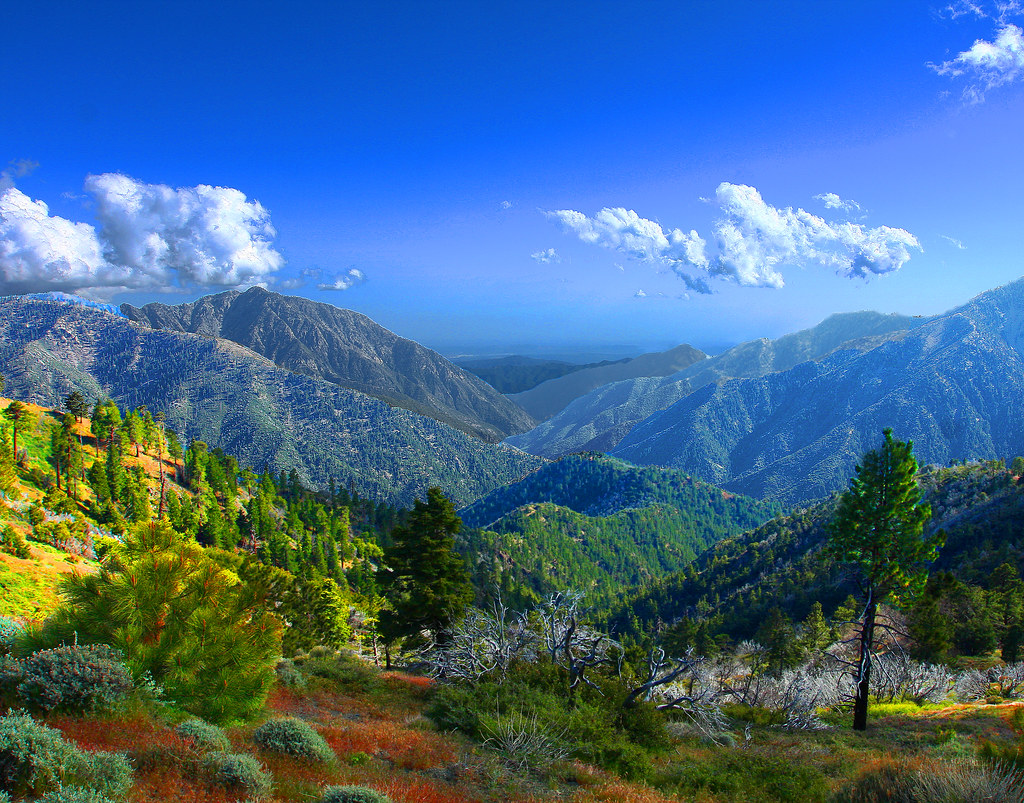
As human populations become concentrated in larger, more intensely urbanized areas connected through globalization, the relationships of cities to their surrounding landscapes are open to social, ecological, and economic reinterpretation. In particular, the value of access to nature in the form of nearby undeveloped wildland to urban populations implies a relatively novel type of synergistic city-region relationship. A recent article published by Professor Sarah Hinners and PhD students Dong-ah Choi and Keunhyun Park develops a robust and replicable metric – the urban-wildland juxtaposition (UWJ) – that quantifies critical dimensions of the juxtaposition of the urbanicity of cities with the quantity of nearby unbuilt wildlands, based on the spatial proximity and relative intensities of these two contrasting system types